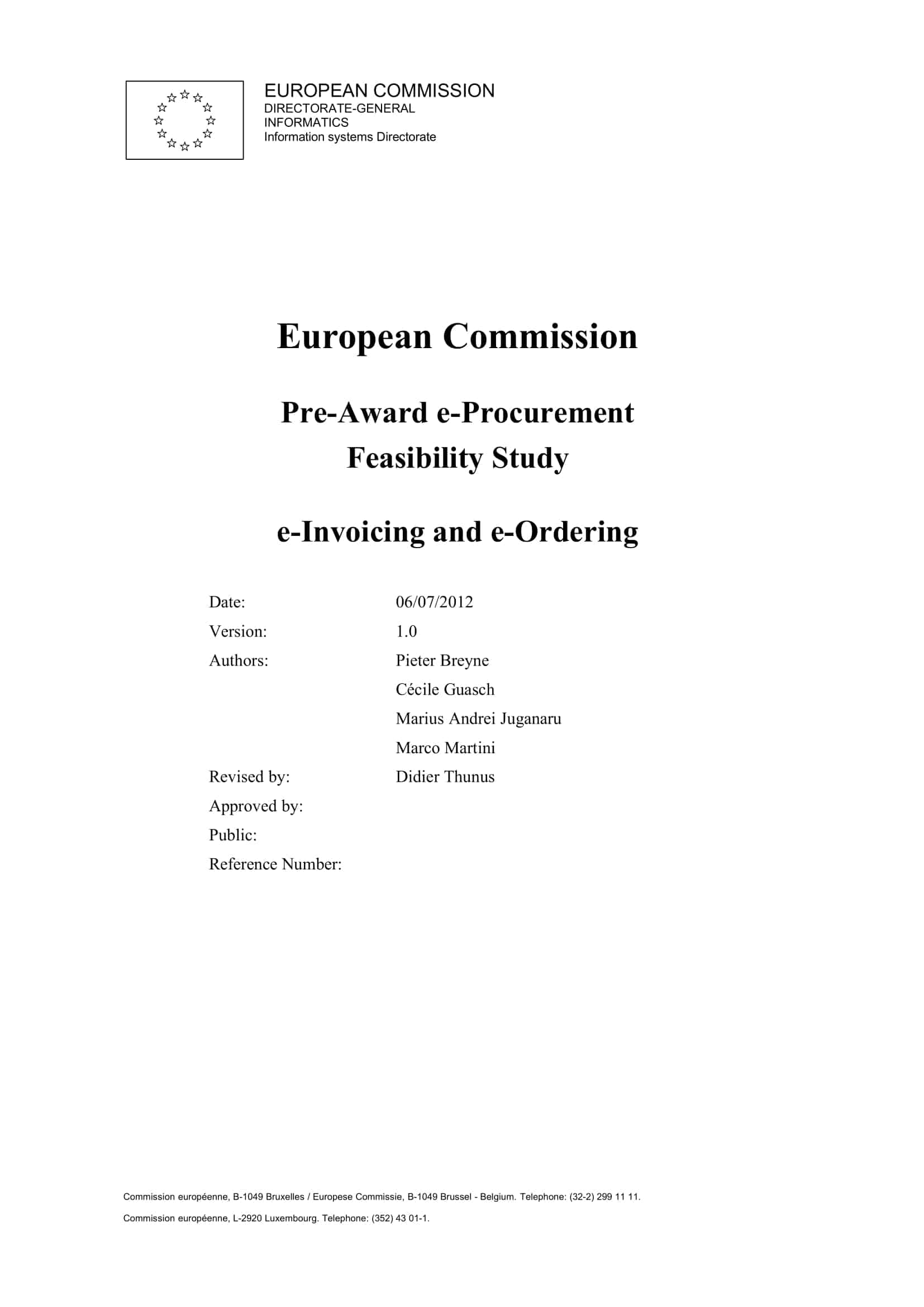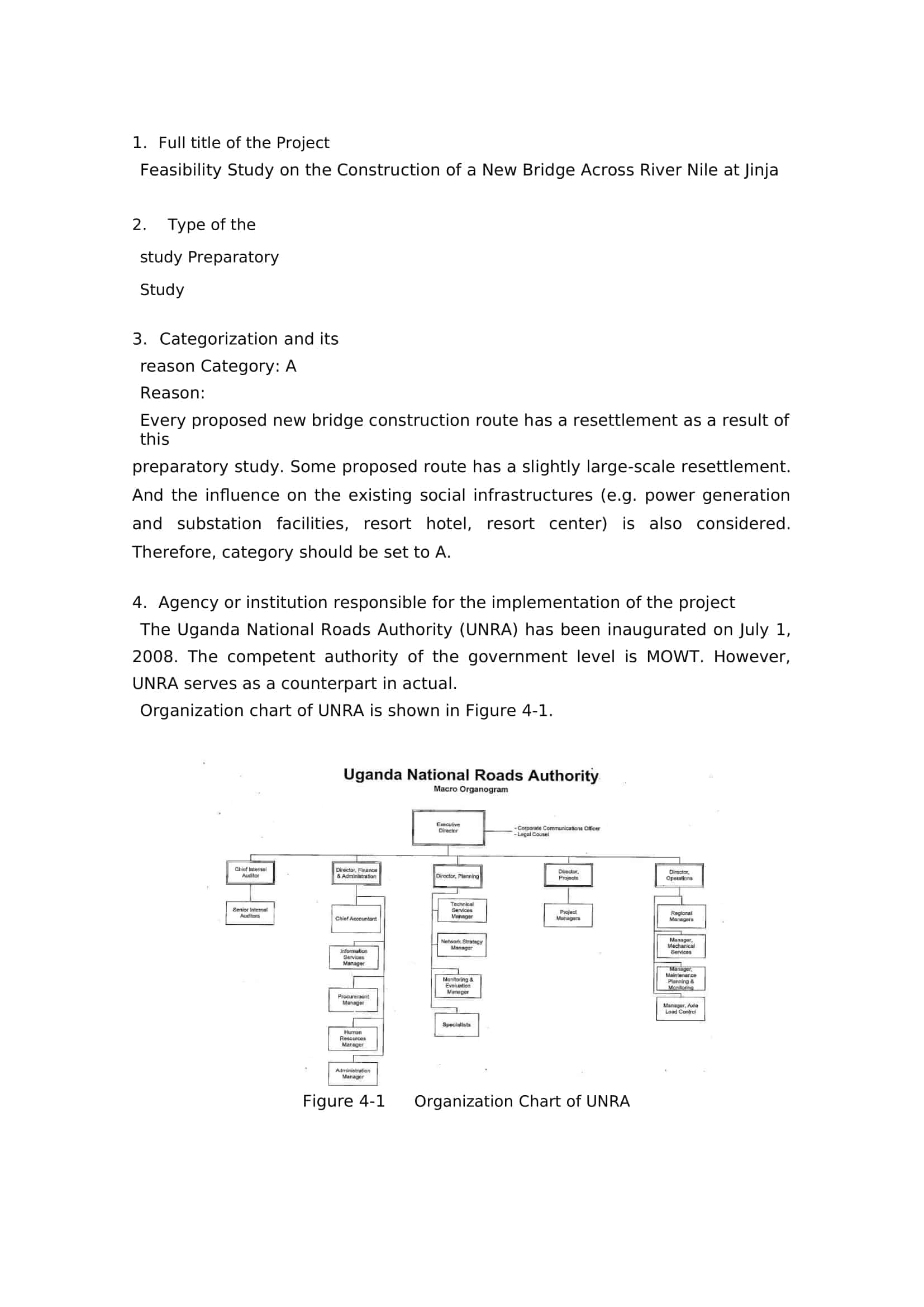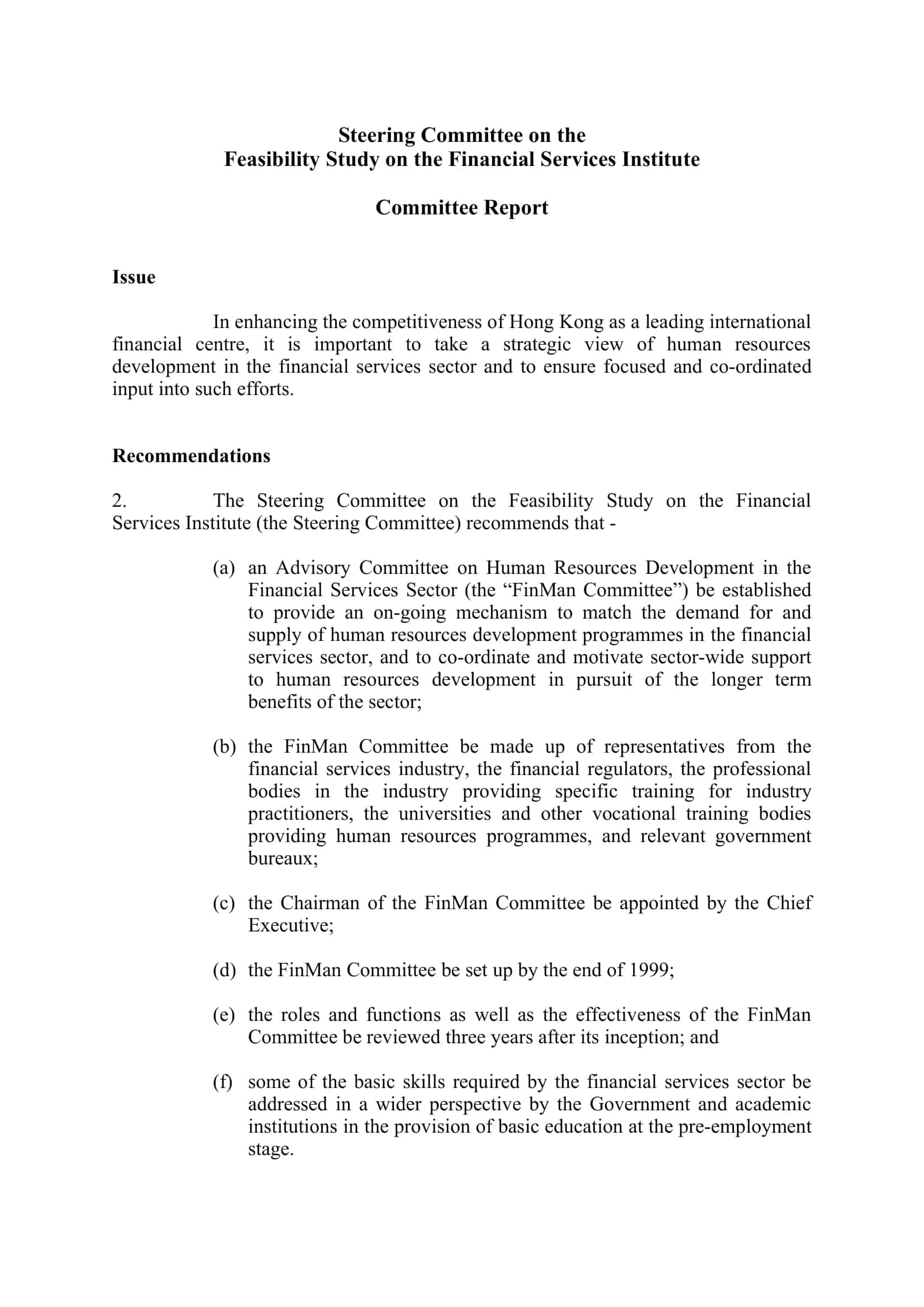A feasibility study is an important document for a project. It’s not just for a business, but many other organizations need to undertake it in order to get their work done successfully. If you are looking for a feasibility study example, you can find many examples on our website.
Table of Contents
What Is a Feasibility Study?

Feasibility study; It is the evaluation of both technical and financial aspects with necessary research during the decision-making process of an initiative or project. Possible problems and threats are investigated, and it is tried to predict whether the investment will reach the desired goal and whether it will bring profit. Ideas that are found profitable as a result of the evaluation are called “feasible.” A feasibility study is one of the most important studies to be done in order to make the right decision.
Feasibility Study Templates
Feasibility study templates are comprehensive documents that assess the viability and potential success of a proposed project or business venture. These templates provide a structured framework to analyze various aspects such as market research, financial projections, technical requirements, and resource planning.
With the help of feasibility study templates, individuals or organizations can evaluate the feasibility of their ideas and make informed decisions about the viability of moving forward. These templates offer guidelines, checklists, and sample content to streamline the process and ensure that all crucial factors are considered. By using feasibility study templates, individuals can save time and effort in conducting thorough assessments and increase their chances of making sound business decisions.
Why Feasibility Studies are Important
The feasibility study is of great importance in answering the basic question of how to proceed with the project proposal idea. Doing a feasibility study is essential to understand all aspects of a project or plan thoroughly. Thus, potential problems that may arise during the implementation of the project or plan are seen at the outset and resolved.
Feasibility studies also answer the question of whether the project or plan offers a reasonable return against the risks that may occur during the implementation process. Determining whether a business idea will work or not in the pre-operation period saves many times, especially time and money. We can say that the feasibility study has a significant role in this sense.
To summarize, the feasibility study investigating possible problems and threats is very important in predicting whether the investment will reach the desired goal and whether it will bring profit. Ideas that are found profitable due to the evaluation in the feasibility study process, which is one of the most important studies to be done to make the right decision, are evaluated as feasibility.
Feasibility Study: How Does It Work?
While conducting the feasibility study, information on five main subjects is collected and evaluated. We can evaluate them as follows:
Market Monitoring Process: Detailed market research is carried out at this stage. Evaluation is made on the characteristics of the new product/service or project planned to be produced during the market monitoring process, how much it can be sold in which markets or market segments, its estimated cost, sales price, firing periods, export and employment it will provide, and what the economic returns such as added value will be. Detailed market research is carried out for this purpose.
Evaluation of the Place of Establishment: The cost incurred in an enterprise should be the highest in return for the benefits it will provide. Therefore, it is aimed to find the most suitable place for investment. In the process of choosing the most rational establishment location, an evaluation is made by considering raw materials, energy, workforce, market aptitude, transportation opportunities, development opportunities, and many other factors.
Financial Evaluation: One of the evaluation steps included in the feasibility study is the financial evaluation step. In this section, the total cost of the investment, the structure of its fixed and variable expenses, the needs of the working capital, the cash flows by months and years and the financing program, the cash flows after production, the break-even time and when the investment will turn into the profit process are discussed.
Technological Analysis: The technologies and techniques to be used in product production are also within the scope of the feasibility study. The points evaluated in this process are as follows: raw material needs, machinery and equipment brought by them and their data analysis, settlement plan, supply sources, the number of employees that will be needed in the enterprise, and employee characteristics.
Legal Review Process: The legal review process is very important for the process from the preparation stage of a project to the stage of launching the business and marketing it by providing all the above items. The advantages and disadvantages of the effects of the laws, regulations, and regulations that must be followed in the legal process of the investment are evaluated.
In the light of the data obtained from the above stages, a feasibility report is prepared, and if the data is positive, a preliminary project is prepared for the investment, and then the final project stage is started.
What Is A Feasibility Report?
A high-level prediction of whether a plan, project, or business idea will work can only be demonstrated by a good feasibility report. A feasibility report is a well-understood and correctly interpreted form of the feasibility study for the project or plan in question.
By looking at a feasibility report, all the advantages and disadvantages associated with the project or plan can be seen. In addition, various forecasts and estimates are included in the feasibility report based on sound and consistent justifications.
As a result of the examination of the feasibility report, risk factors, estimated probability of success, possible risks, advantages, and disadvantages, as well as problems that may arise during the implementation of the project or during the implementation process, capital and accounting needs can be seen.
A feasibility report; It may contain titles or sections such as an executive summary, description of the product or service, technology issues, product or service market, determination of a specific market, marketing strategy, organizational structure, program, financial projections, risks, necessary investments and chronology of these investments.
How to Write Feasibility Reports
The report includes the preparation of financial statements, technical research, and industry research related to the idea to be realized. The common aspect of the studies to be carried out in these three areas is finding and revealing possible opportunities, problems, and problems and making all the uncertainties that may arise during the implementation phase of the idea as clear as possible.
In this reporting process, which is seen as sector research, technical research, and financial feasibility study, sector research is done first. General information about service and product and basic problems about cost are discussed. The main issues to be answered during the sector research can be expressed as follows:
- What are the concrete explanations and information about the product planned to be produced?
- Do we have the conditions to make the production in question?
- Will it be able to be sold after production?
In summary, the first part of the report should include the project or investment definition, the service or product, sectoral analysis, supply situation, demand situation, grants and incentives, input markets, and sales and marketing strategies.
The second major part of the report is the technical research phase. This part of the research discusses important investment items related to the service or product to be produced, technological equipment, and machinery. The next production process can be explained in detail. The main issues that need to be answered in the technical research part can be expressed as follows:
- Determination of the place of establishment
- Explanation of the production process and the technology to be used
- Environmental assessment
- Implementation plan
In the third stage, financial feasibility conceptualization can be made. The last and most important part, financial feasibility studies, is the answer that is really looking for: Will the investment bring us profit? If it will bring profit, how much will it bring? Will it meet our expectations?
At this stage, answers are sought to the question of how much money will be spent in total regarding the planned investment and how soon after the action will be taken, profit will begin to be made. With this study, you will see the foreign resources and equity amounts in your investment plan more clearly, and you will also see your sufficiency in meeting the expenses of the expenditure items.
In the financial feasibility stage, there are parts such as determining the total investment amount, calculating operating expenses and estimated income, preparing income statements, calculating the net cash amount, valuation, and interpreting of the results. As a result of all the calculations, research, and interpretations to be made, if the business idea is implemented, answers to questions such as what is expected and what is foreseen will be given.
FAQs
What is a feasibility study?
A feasibility study is an assessment of the practicality and viability of a proposed project or system. It aims to determine if the project can successfully be completed and yield the intended results.
What is included in the study?
A feasibility study should contain an executive summary, background on the project, description of product/service, market analysis, technical requirements, management planning, financial projections, and conclusions.
What are the key parts of a feasibility study?
The three main components are:
- Market Feasibility – Assess demand and sales potential for the product or service.
- Technical Feasibility – Evaluate if the required technology, equipment and systems are available and adequate.
- Financial Feasibility – Analyze expected costs and revenues to determine profitability.
What are the areas examined?
The four key areas assessed are:
- Technical – engineering, architectural, technological factors
- Economic – projections for revenue, costs, ROI
- Legal – compliance with laws and regulations
- Scheduling – timeframes, deadlines, resource schedules
In summary, a feasibility study evaluates the viability of a project across key factors like demand, technical needs, costs, and timing to determine if it should move forward.
















































![Free Printable Food Diary Templates [Word, Excel, PDF] 1 Food Diary](https://www.typecalendar.com/wp-content/uploads/2023/05/Food-Diary-1-150x150.jpg 150w, https://www.typecalendar.com/wp-content/uploads/2023/05/Food-Diary-1-1200x1200.jpg 1200w)
![Free Printable Credit Card Authorization Form Templates [PDF, Word, Excel] 2 Credit Card Authorization Form](https://www.typecalendar.com/wp-content/uploads/2023/06/Credit-Card-Authorization-Form-150x150.jpg)
![Free Printable Stock Ledger Templates [Excel,PDF, Word] 3 Stock Ledger](https://www.typecalendar.com/wp-content/uploads/2023/08/Stock-Ledger-150x150.jpg)
